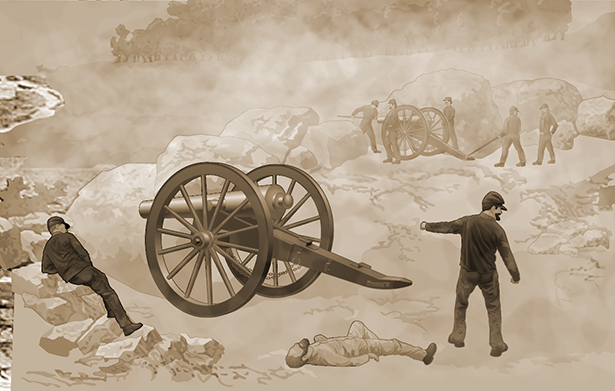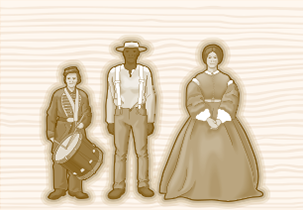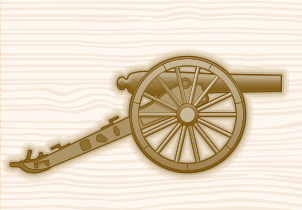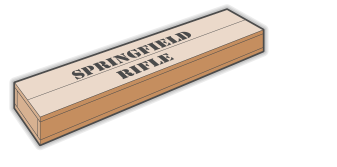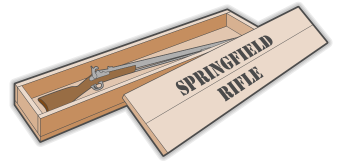Costs
What were the Civil War dollars and cents?
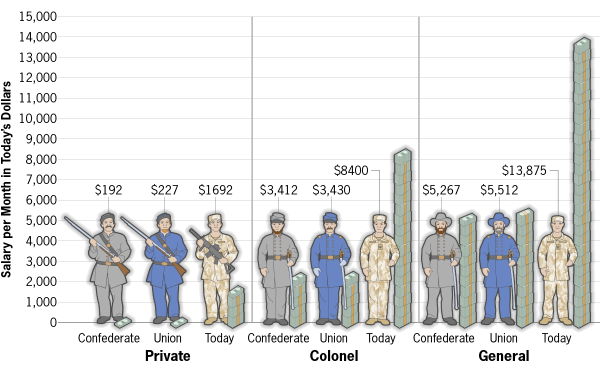
Compare to today’s US Army:
• Private base pay plus hazardous duty pay: $1692
• Colonel pay range runs from $6065--$10,736 monthly, average $8400 per month.
• General pay range from $8182--$19,567 monthly. Average $13,875 per month.
Questions:
What would a soldier need to buy for himself?
How much would a Civil War private’s monthly pay purchase?
How much does it cost today in your town to
buy the same basics?

The price of a horse during the Civil War was around $150.
Today, a police horse costs around $3000.
Questions:
How many weeks/months pay did it take for a private to buy a horse?
How does that compare with the pay it takes for a private today to buy a basic car?
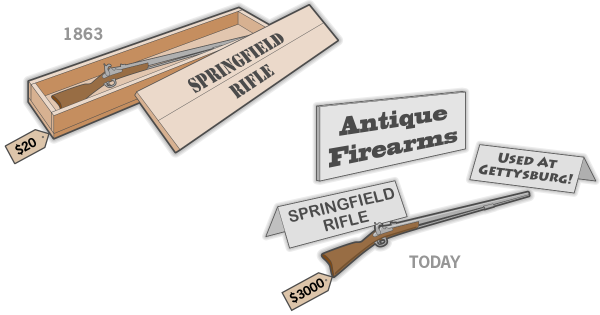
A 1861 Springfield Rifle cost $20 from the factory at the time. To buy one today, would cost between $1500 and $3000 depending upon its condition. Today’s US Army M16 costs around $500.
Questions:
By what percentage, if at all, has the value (in today’s dollars) of an 1861 rifle gone up?
Why do Civil War rifles have such value today?
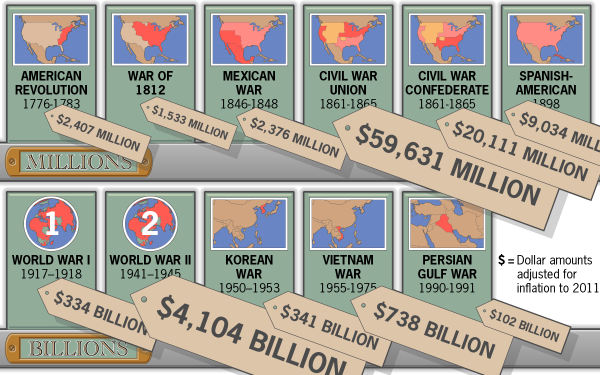
Estimating the total dollar cost of a war is—excuse the pun—a “moving target.” Estimates are revised as the government adds in costs that come later, such as the amount spent on veteran benefits and pensions. These later costs well exceeded the Civil War’s original pricetag.
Estimates of the Civil War costs to the Union ranged from $2.5 million daily (1863 mid-war estimate) to $6,190,000,000 (1879 estimate) and even higher as of 1906. There are separate estimates for Southern costs and pensions, paid by Southern states and private gifts and charities.
Final official estimates for the various wars shared here come from the U.S. Congressional Research Service, totaling them many years later.
NEXT

Questions:
What else could you buy today with the amount the Union spent on the Civil War? How many cars, houses, or school buildings could it buy?
What could you buy with the same money to improve life for people in your town or state? How much does the current U.S. military spend in three years?
START
Close x |
TeachersFirst.com ⋅ Thinking Teachers Teaching Thinkers® ⋅ Copyright © 1998-
Warning: date(): It is not safe to rely on the system's timezone settings. You are *required* to use the date.timezone setting or the date_default_timezone_set() function. In case you used any of those methods and you are still getting this warning, you most likely misspelled the timezone identifier. We selected the timezone 'UTC' for now, but please set date.timezone to select your timezone. in /usr/www/users/teachers/teachersfirst.com/gettysburg/costs.php on line 305
2024 by The Source for Learning, Inc. All rights reserved.


